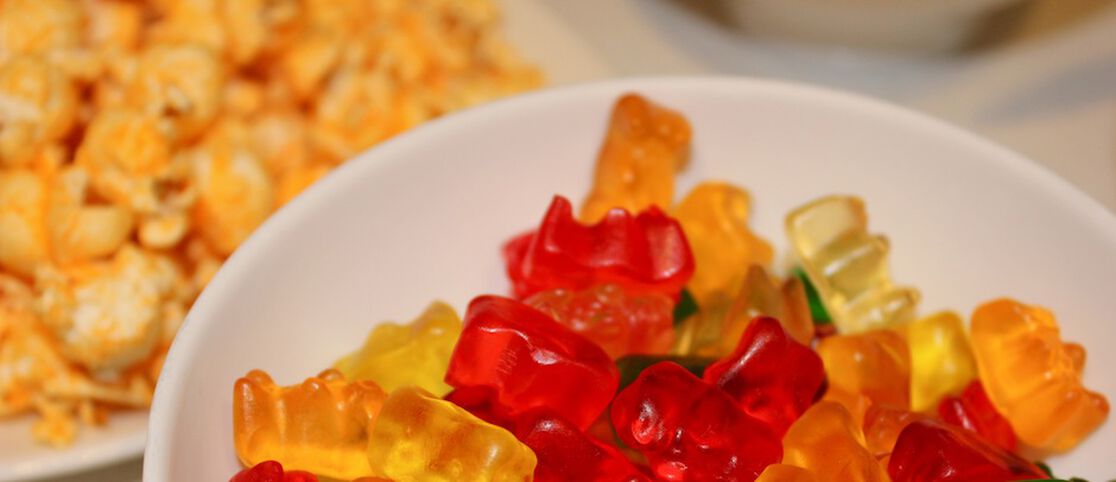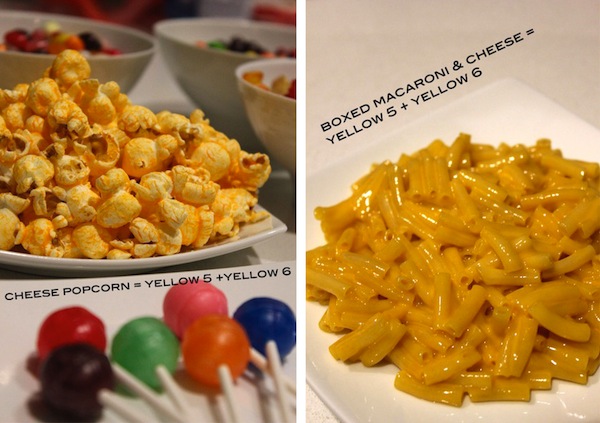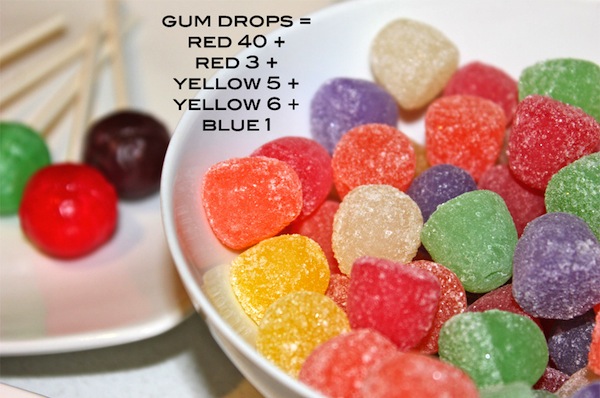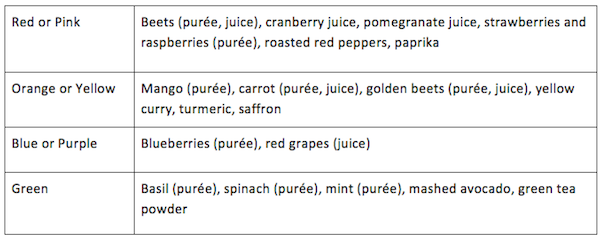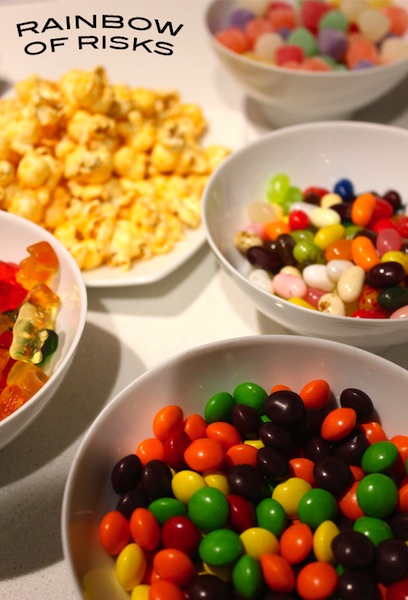 Making cookies is totally a recipe for fun (pun intended). Consider the “ingredients”—rolling dough, cutting fun shapes, getting messy, and decorating with icing, sugars, and sprinkles—not to mention you get a sweet end product that makes everyone smile long after the kitchen’s been cleaned up. While many parents are being more attentive to sugar intake (especially over the holidays), those vibrant colors that make these delectable confections look so eye-catching should raise a red flag, too.
Making cookies is totally a recipe for fun (pun intended). Consider the “ingredients”—rolling dough, cutting fun shapes, getting messy, and decorating with icing, sugars, and sprinkles—not to mention you get a sweet end product that makes everyone smile long after the kitchen’s been cleaned up. While many parents are being more attentive to sugar intake (especially over the holidays), those vibrant colors that make these delectable confections look so eye-catching should raise a red flag, too.
Did you know that the European Union requires labels on foods containing artificial colors? And that the U.K. called for a voluntary ban on six artificial colors? Artificial food colorings used to dye icing, candies, flavored popcorn, yogurt, cereal, and macaroni and cheese have been linked to many health risks, which children are more vulnerable to than adults, says Christopher Gavigan. According to the Center for Science in the Public Interest, “Commonly used food dyes, such as Yellow 5, Red 40, and six others, are made from petroleum and pose a ‘rainbow of risks.’ Those risks include hyperactivity in children, cancer (in animal studies), and allergic reactions.” Despite these concerns, about 15 million pounds of these petroleum-based dyes continue to be used in food each year in the United States. No warnings. No labels. No nothing.
While common household American brands have replaced artificial colors with natural vegetable dyes in the foods they sell in Europe, here at home it’s up to you to take control of your grocery cart and keep those egregious ingredients out.
How can you still enjoy your favorite treats without the worry?
1. Avoid products that contain names with numbers. Make sure to read labels and pass on products listing Red No. 3, Red No. 40, Yellow No. 5, Yellow No. 6, Citrus Red No. 2, Green No. 3, Blue No. 1, and Blue No. 2.
2. Head to the produce section and the spice aisle. Pick up organic vegetables, fruits, and spices that can be used to color frosting and foods naturally—plus they offer the health benefits of cancer-fighting antioxidants.
3. Believe it or not, look for products that say color added. Milton Stokes, M.P.H. and R.D., shares in an Eating Well article, “Counterintuitively, the terms ‘artificial color,’ ‘artificial color added’ or ‘color added’ also indicate that nature-derived pigments were used since synthetic dyes must be listed by their names.”
4. Try these easy recipes for natural food coloring:
5. Join Healthy Child Healthy World in petitioning brands to remove fake dyes from their snacks.
Whatever recipes you choose, remember to have fun! And, go ahead, get a little messy—it’s nothing a little Honest bubble bath won’t take care of!
We aim to provide you with the most honest and credible information possible. This article was reviewed for accuracy by The Honest Team and was written based on sources that are linked at the bottom of the article.
blog_review_statement